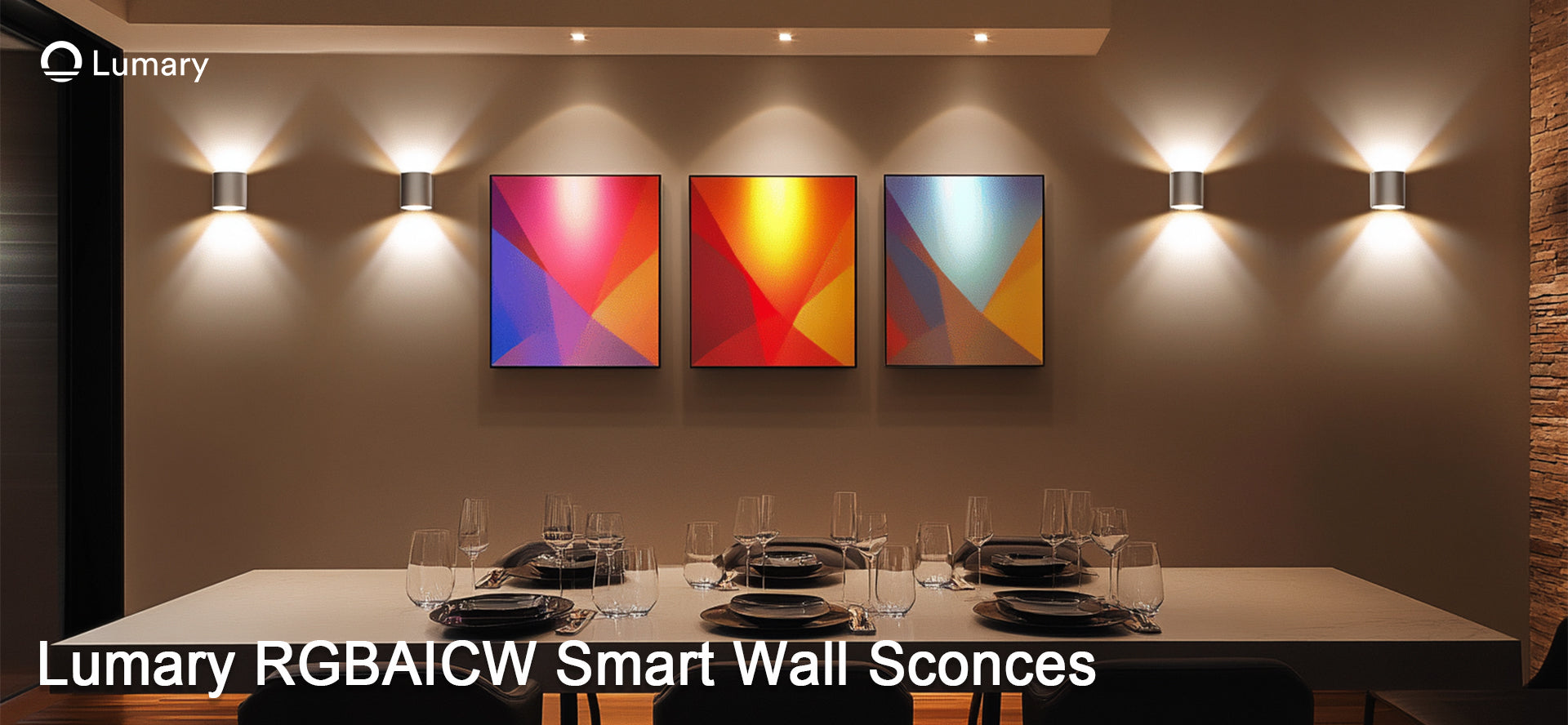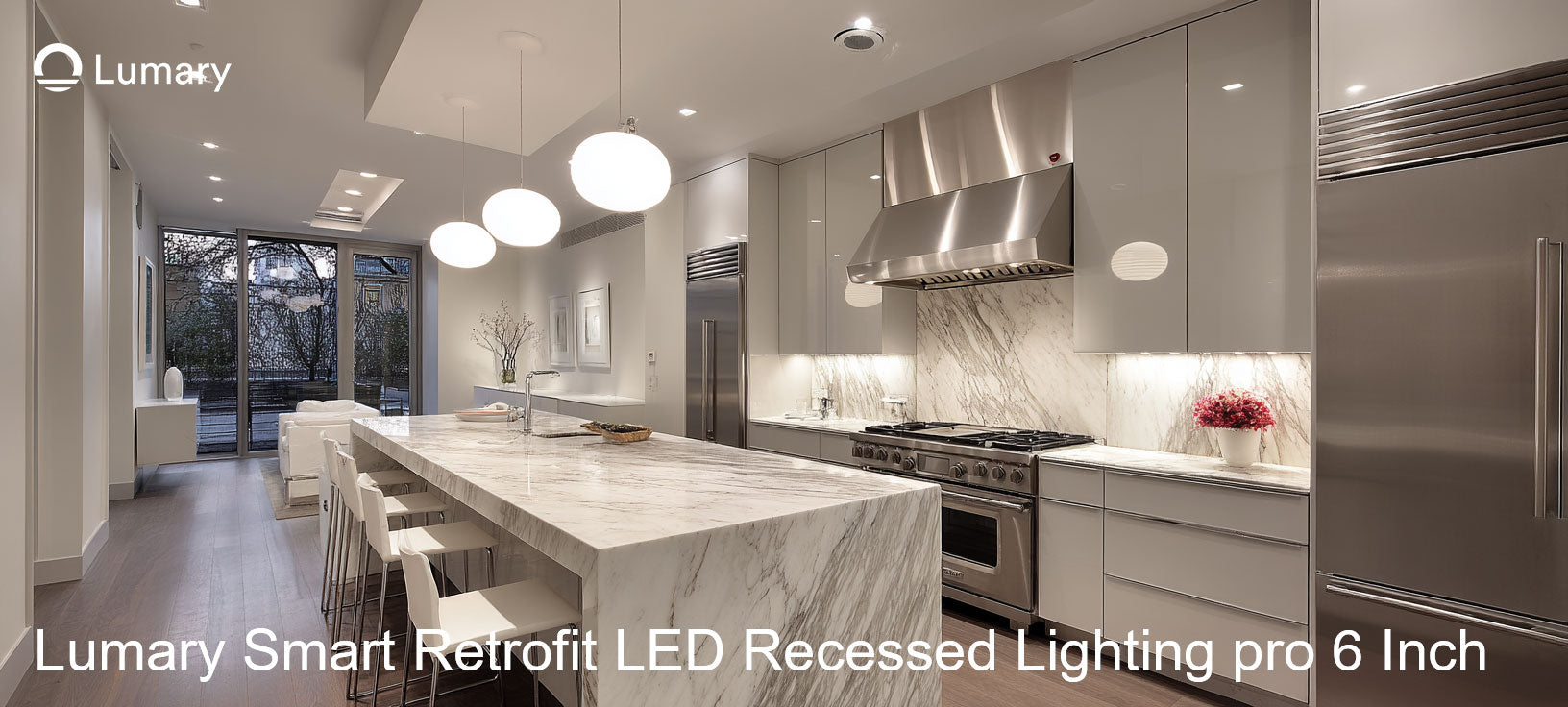Imagine transforming your home's exterior into a stunning visual masterpiece with permanent outdoor house lighting. These lights not only enhance the beauty of your home but also improve safety and security. By choosing a DIY approach, you save money and add a personal touch to your lighting setup. You can select energy-efficient LED lights that reduce energy costs by up to 50% compared to traditional bulbs. This choice benefits the environment and your wallet. With a bit of creativity and effort, you can create a welcoming and vibrant outdoor space that reflects your unique style.
Planning Your Permanent Outdoor House Lighting Project

Planning is the first step to a successful permanent outdoor house lighting project. You need to consider your lighting needs and choose the right fixtures. Let's dive into these aspects to ensure your project shines brightly.
Assessing Your Lighting Needs
Determining the purpose of your lighting
Start by asking yourself why you want to install outdoor lighting. Do you want to enhance your home's curb appeal, improve security, or create a cozy ambiance for outdoor gatherings? Knowing the purpose helps you decide on the type and placement of lights. For instance, security lights should cover entry points, while decorative lights can highlight architectural features.
Identifying key areas to illuminate
Next, identify the key areas around your home that need lighting. Common spots include pathways, driveways, patios, and garden features. Make a list of these areas and think about how much light each one needs. This step ensures you don't miss any important spots and helps you plan the number of fixtures required.
Choosing the Right Lighting Fixtures
Types of outdoor lighting fixtures
Outdoor lighting fixtures come in various styles and types. You can choose from wall-mounted lights, pathway lights, spotlights, and more. Each type serves a different purpose. For example, wall-mounted lights are great for illuminating entryways, while spotlights can highlight trees or sculptures. Consider the style of your home and the function of each fixture when making your selection.
Energy efficiency considerations
Energy efficiency is crucial when selecting lighting fixtures. Opt for LED Technology for Energy Efficiency. LED lights consume significantly less electricity than traditional incandescent bulbs, leading to lower electricity bills and long-term savings. They also offer a wide range of colors and effects, allowing for endless creativity. Look for ENERGY STAR Certified Lighting Fixtures. These fixtures use 90% less energy than traditional models, providing both cost and energy savings. By choosing energy-efficient options, you contribute to a greener environment and enjoy reduced energy costs.
Gathering Necessary Tools and Materials
Before diving into the installation, you need to gather the right tools and materials. This preparation ensures a smooth and efficient process.
Essential Tools for Installation
List of tools required
To get started, you'll need a few essential tools. Here's a handy list to guide you:
-
Drill: For making holes to mount fixtures.
-
Screwdriver: To secure screws and connectors.
-
Wire Strippers: For preparing wires for connections.
-
Voltage Tester: To ensure electrical safety.
-
Measuring Tape: For accurate placement of lights.
-
Ladder: To reach high places safely.
These tools form the backbone of your installation kit. Having them ready will save you time and hassle.
Where to purchase or rent tools
You can find these tools at your local hardware store or online retailers. If you don't want to buy them, consider renting from a tool rental service. This option is cost-effective, especially if you don't plan to use the tools frequently. Renting also allows you to access high-quality equipment without a hefty investment.
Selecting Quality Materials
Types of wiring and connectors
Choosing the right wiring and connectors is crucial for a safe and durable installation. Opt for weather-resistant wiring that can withstand outdoor conditions. Look for connectors that provide a secure and waterproof seal. This choice prevents moisture from causing electrical issues.
Weather-resistant materials
When selecting materials, prioritize those designed for outdoor use. Weather-resistant materials ensure your lighting system endures harsh weather conditions. This includes UV-resistant cables and fixtures with an IP65 waterproof rating. These features protect your investment and extend the lifespan of your lighting setup.
If you're unsure about the materials or installation process, consulting with a professional lighting designer can be beneficial. Their expertise helps you make informed decisions and ensures a seamless installation.
By gathering the right tools and materials, you're setting the stage for a successful DIY lighting project. This preparation not only simplifies the process but also enhances the longevity and performance of your outdoor lighting.
Preparing for Installation

Safety Precautions
Importance of safety gear
When you're working with electrical installations, safety gear is your best friend. It shields you from potential hazards and ensures a smooth installation process. You should always wear insulated gloves to protect your hands from electrical shocks. Safety goggles are essential to guard your eyes against debris or sparks. A hard hat can prevent head injuries if you're working in areas where objects might fall. These items form a protective barrier between you and potential dangers.
Did you know? Electrical PPE (Personal Protective Equipment) plays a crucial role in protecting workers from electrical hazards. It provides insulation and prevents electrical contact injuries. Following best practices in selecting, using, and maintaining electrical PPE ensures maximum safety.
Electrical safety tips
Before you start, make sure the power is off. Use a voltage tester to double-check that no electricity is flowing through the wires. This simple step can prevent accidents. Keep your work area dry to avoid any risk of electrical shock. If you're working on a ladder, ensure it's stable and positioned on a flat surface. Always use tools with insulated handles to reduce the risk of electric shock. These precautions create a safer environment for your DIY project.
Statistics Alert! For every 100,000 electricians, there are ten fatalities on the job due to electrical shocks. Proper electrical safety gear can prevent fatal situations by providing a layer of protection against accidents and mishaps.
Setting Up Your Work Area
Organizing tools and materials
A well-organized work area makes your installation process efficient and stress-free. Lay out all your tools and materials before you begin. Group similar items together, like screws with screwdrivers and wires with wire strippers. This organization helps you find what you need quickly, saving time and reducing frustration. A tidy workspace also minimizes the risk of accidents, as you're less likely to trip over misplaced items.
Ensuring a safe and accessible workspace
Your workspace should be safe and easy to navigate. Clear away any clutter or obstacles that might cause you to trip or fall. Ensure there's adequate lighting so you can see what you're doing. If you're working outdoors, check the weather forecast to avoid unexpected rain or wind. A stable ladder is crucial if you're reaching high places. Position it securely and have someone hold it steady if possible. These steps create a safe environment, allowing you to focus on the task at hand.
Safety Tip: Working on or near electrical equipment can expose you to various hazards, including falls and burns. Understanding proper precautionary techniques and using appropriate PPE is crucial for safety.
Step-by-Step Installation Guide for Permanent Outdoor House Lighting
Ready to light up your home? Let's dive into the installation process. This guide will walk you through each step, ensuring your colorful permanent outdoor house lighting shines bright and functions flawlessly.
Installing the Lighting Fixtures
Mounting fixtures securely
First, gather your tools and materials. You'll need a drill, screws, and the lighting fixtures. Position each fixture where you want it. Use a pencil to mark the spots for drilling. Make sure the fixtures are at varying heights. This helps distribute light evenly across your space. Drill holes at the marked spots and secure the fixtures with screws. Ensure they're tight and stable. This prevents them from falling or shifting over time.
Connecting wiring correctly
Next, it's time to connect the wiring. Start by turning off the power supply to avoid any electrical mishaps. Use wire strippers to prepare the wires. Connect the wires from the fixtures to the main power source. Match the colors: black to black, white to white, and green to ground. Use waterproof connectors to secure the connections. This keeps moisture out and ensures a safe, long-lasting setup. Double-check each connection before moving on.
Testing and Adjusting the Lighting
Ensuring proper functionality
Once everything is connected, turn the power back on. Test each fixture to ensure it lights up. If a fixture doesn't work, check the wiring connections. Make sure they're secure and correctly matched. A voltage tester can help identify any issues. This step ensures your lighting system functions as intended.
Adjusting angles and brightness
Now, let's fine-tune your lighting. Adjust the angles of the fixtures to highlight key areas. You might want to focus on pathways, garden features, or architectural elements. Consider using motion sensor lighting for added security. This feature activates lights when movement is detected, providing both safety and energy efficiency. If your fixtures have adjustable brightness, set them to your preferred level. This customization creates the perfect ambiance for your outdoor space.
SkyFrog Landscape Experts recommend using low voltage bulbs. They consume less energy and last longer, making them a smart choice for permanent outdoor led lighting.
With these steps, your outdoor lighting project is complete. Enjoy the enhanced beauty and security of your home, knowing you've done it yourself!
Troubleshooting Common Issues
Even with careful planning and installation, you might encounter some hiccups with your outdoor lighting. Let's tackle these common issues head-on so you can keep your lights shining bright.
Addressing Electrical Problems
Identifying common wiring issues
You might face wiring problems that disrupt your lighting setup. Loose connections often cause lights to flicker or fail. Check each connection point. Ensure wires are securely fastened. Look for any signs of wear or damage. Frayed wires can lead to short circuits. Replace them immediately to prevent further issues.
Solutions for flickering or dim lights
Flickering or dim lights can be frustrating. Start by checking the power source. Ensure it's stable and providing consistent voltage. If the problem persists, inspect the bulbs. Sometimes, simply tightening a loose bulb solves the issue. Consider upgrading to LED bulbs. They offer consistent brightness and energy efficiency. If you're still facing problems, consult a professional electrician for a thorough inspection.
Maintenance Tips for Longevity
Regular cleaning and inspection
Regular maintenance keeps your lighting system in top shape. Clean fixtures and bulbs to remove dirt and debris. This ensures maximum brightness and efficiency. Inspect the wiring and connectors periodically. Look for signs of wear or corrosion. Address any issues promptly to avoid bigger problems down the line.
Replacing bulbs and components
Bulbs and components have a lifespan. Replace them as needed to maintain optimal performance. Keep spare bulbs on hand for quick replacements. When replacing components, choose high-quality, weather-resistant options. This investment pays off in durability and longevity.
Did you know? A major study in New York found that outdoor lighting reduced crime by 39%. Keeping your lights in good working order not only enhances your home's beauty but also contributes to safety and security in your neighborhood.
By addressing these common issues and following maintenance tips, you ensure your outdoor lighting system remains reliable and effective. Enjoy the peace of mind that comes with a well-lit and secure home.
You've successfully navigated the journey of installing permanent outdoor house lighting. From planning to troubleshooting, each step empowers you to create a stunning and secure outdoor space. Enjoy the satisfaction of your DIY project and the benefits it brings, like enhanced curb appeal and safety. Now, consider exploring further customization options. Adjust colors, brightness, or even add smart controls to tailor your lighting to every occasion. Your creativity is the only limit. Dive into the world of outdoor lighting and let your home shine in its best light.

















